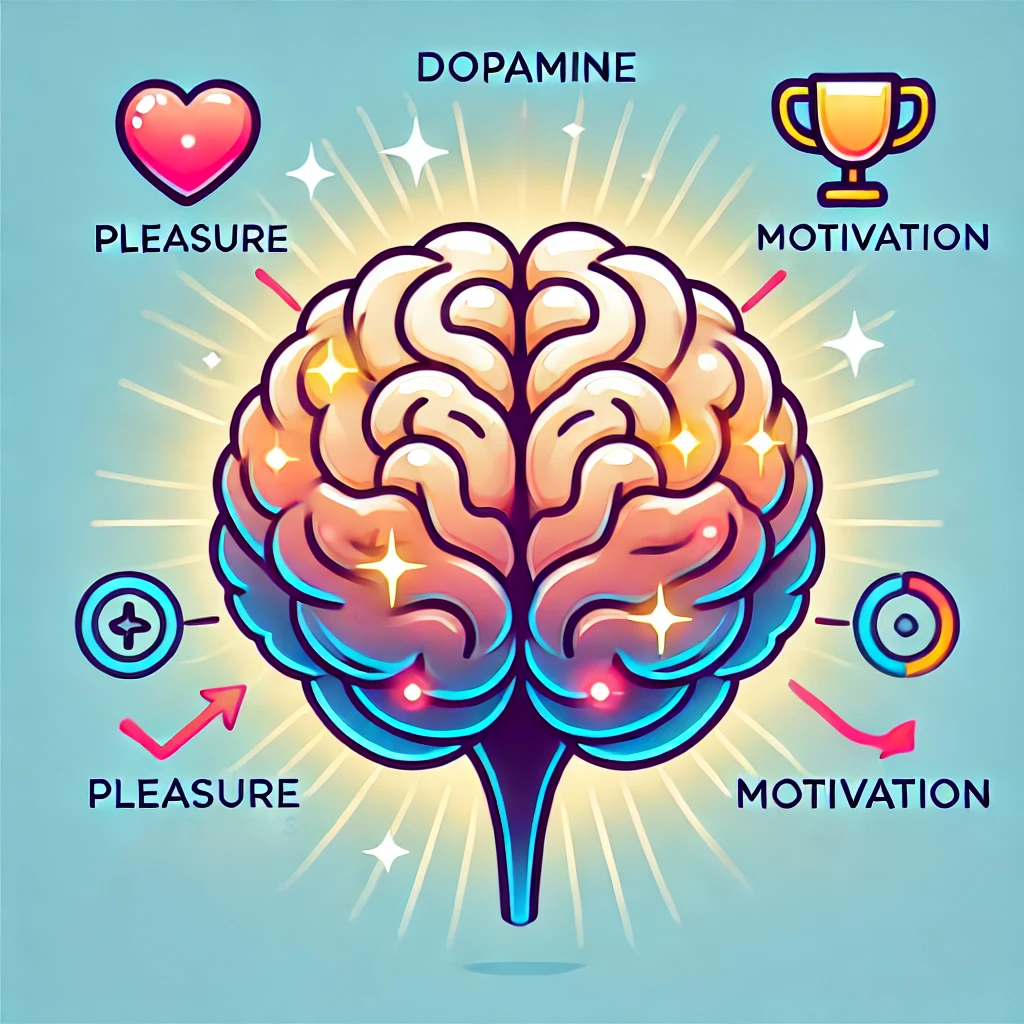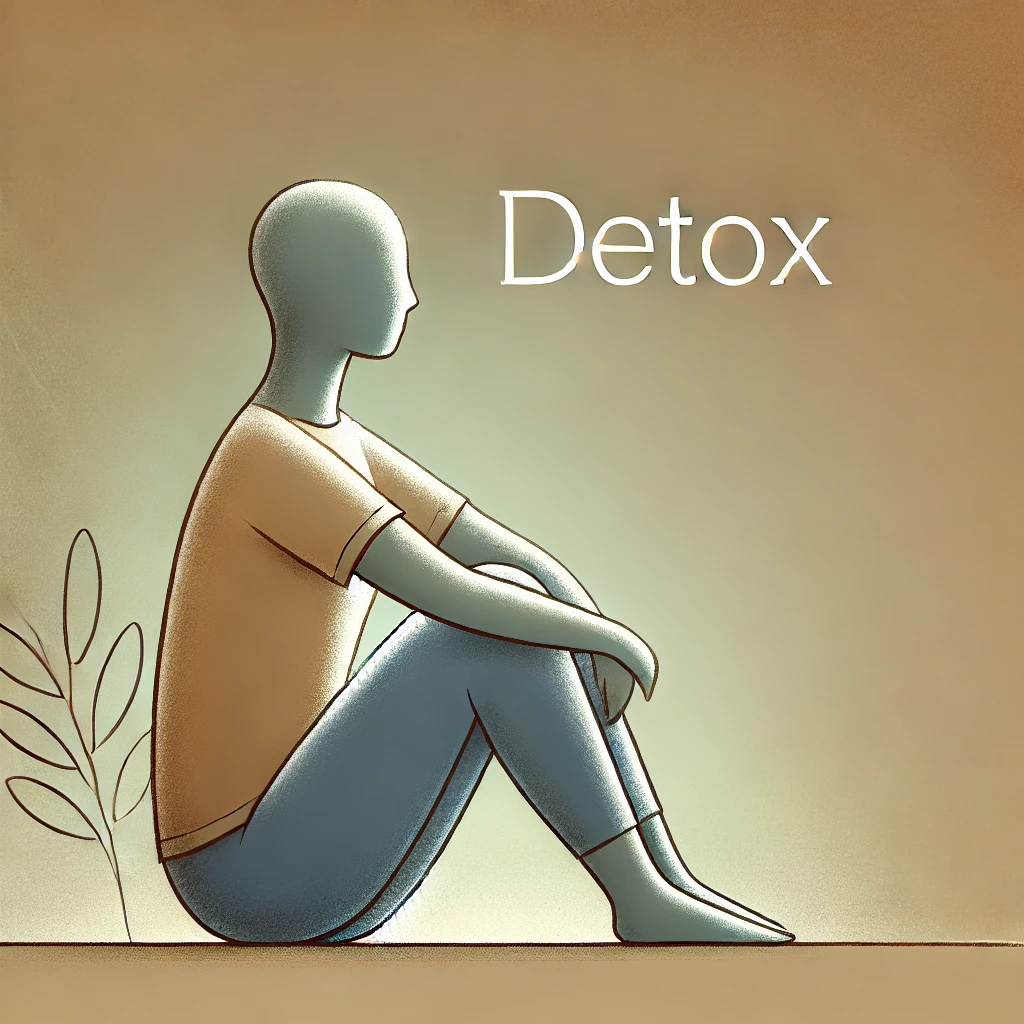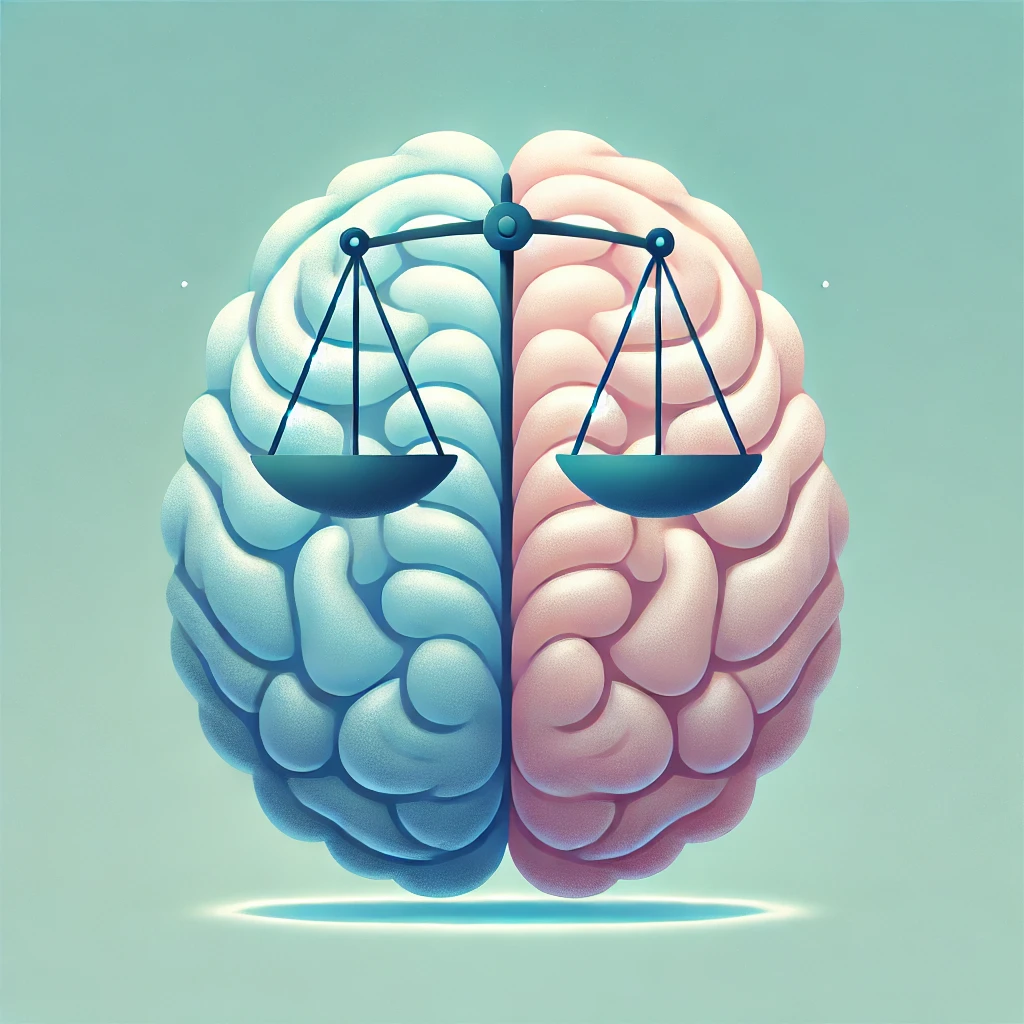Withdrawal and the Path to Recovery

Withdrawal is a complex journey, marked by physiological and psychological challenges. This article explores the key stages of withdrawal and recovery.
Understanding the Development of Addiction
Before addressing the stages of withdrawal, it is essential to understand how addiction develops. In our nervous system, molecules called neurotransmitters facilitate communication between neurons and regulate functions such as mood, emotions, cognition, as well as sensations of pleasure and pain.
Several neurotransmitters play a role in the mechanisms of addiction. One of the main ones, and the most studied to date, is dopamine. Although dopamine alone does not offer a complete model of addiction, we will use it to simplify and illustrate our explanations.
Dopamine: Pleasure and Motivation
Dopamine is a key neurotransmitter that plays very different roles depending on the area of the nervous system where it is active. In the mesolimbic system, dopamine is involved in motivation and the anticipation of pleasure. This neurotransmitter activates the brain's reward system, a set of structures that encourage repeating behaviors that provide satisfaction.

However, prolonged exposure to addictive substances leads to changes in synaptic plasticity and desensitizes dopamine receptors, making pleasure increasingly difficult to achieve. This fuels the compulsive seeking associated with addiction.
Addiction: Between Pleasure and Pain
Addiction, whether related to substances (alcohol, drugs) or behaviors (gambling, pornography, social media), exploits the brain's reward circuit. Through repetition, this circuit is constantly solicited, leading to a desensitization of dopamine receptors. This makes the brain less sensitive to dopamine. Consequently, the pleasure derived from the behavior diminishes, prompting an increase in the frequency or intensity of consumption (tolerance) and fueling an irresistible urge to consume or engage in the behavior (craving).
This chemical imbalance makes it more difficult to experience pleasure through addictive conduct, giving way to physical and emotional pain . This pain manifests in symptoms such as anxiety, depression, fatigue, and intense cravings. The more a person engages in addiction to escape this pain, the more it intensifies, creating a cycle where the pursuit of pleasure paradoxically leads to greater suffering.
The motivation circuit, often activated, heightens the desire to consume despite negative consequences. Simultaneously, alterations in executive control weaken the ability to regulate behaviors, increasing the risk of relapse.

To break this cycle, it is essential to cease the addictive behavior for a prolonged period to allow the brain to regain homeostasis — its natural balance — and restore normal dopamine production.
Withdrawal: A Return to Balance
Definition
Le sevrage est le processus par lequel une personne cesse de consommer une substance ou d’adopter un comportement addictif. Ce processus est souvent accompagné de symptômes physiques et psychologiques variés, liés à l’ajustement de l’organisme en l’absence de la substance ou du comportement.
Stages of Withdrawal
1. Detoxification Phase: Immediate Stop (Days 1 to 10)
The first stage of withdrawal is often the most intense. The abrupt cessation of the substance or behavior triggers withdrawal symptoms, such as anxiety, irritability, sleep disturbances, nausea, and intense cravings. The reward and motivation circuits, now understimulated, exacerbate this discomfort.

This phase, typically lasting between 7 and 10 days, is critical. During this time, staying active, receiving support from close ones (if possible), and beginning professional guidance are essential to reduce the risk of early relapse.
2. Brain Rebalancing Phase (4 to 12 Weeks)

The brain begins to restore its chemical balance, a process that may take several weeks or even months, depending on the situation. Dopamine levels gradually return to normal, but this often comes with marked emotional fluctuations. The decrease in dopaminergic stimulation can lead to anhedonia (inability to feel pleasure in normally enjoyable activities), making daily life difficult.
During this phase, moments of despair or psychological exhaustion may occur, increasing the risk of relapse. The temptation to seek comfort in the former addiction can be particularly challenging. It is necessary to fight against intense associative memories and stay strong. Psychological support is especially important during this period.
3. Rediscovery Phase (From 6 Weeks Onwards)
As withdrawal symptoms subside, the rediscovery of pleasure becomes possible. A phase begins during which activities that previously seemed uninteresting gradually become enjoyable again. The brain starts producing dopamine more evenly.

However, this phase remains fragile. Relapse prevention is essential, and adopting new lifestyle habits is crucial for stabilizing recovery.
4. Long-Term Reconstruction Phase (6 Months and Beyond)

True recovery from addiction can take months or even years, depending on the situation. Embedding this process over time requires rebuilding one's life story, notably to uncover and understand the underlying causes of addiction.
This is where psychotherapy and support groups play a crucial role. The individual learns to identify triggers, develop healthier coping mechanisms, and rebuild personal and professional relationships, often affected by addiction. The process is not linear, and relapses, if they occur, should be seen as learning opportunities rather than definitive failures.
Keys to Success in Withdrawal
Withdrawal is not only a battle against physical symptoms but also an emotional and psychological challenge.

Here are some elements that can contribute to a successful withdrawal:
- Social support: family, friends, support groups
- Medical and psychological assistance
- Establishing new activities
- A structured routine
- Regular physical activity
Conclusion
References:
- Everitt, B. J., & Robbins, T. W. (2016). Drug addiction: Updating actions to habits to compulsions ten years on. Annual Review of Psychology, 67, 23–50. https://doi.org/10.1146/annurev-psych-122414-033457
- Kalivas, P. W., & Volkow, N. D. (2005). The neural basis of addiction: A pathology of motivation and choice. American Journal of Psychiatry, 162(8), 1403–1413. https://doi.org/10.1176/appi.ajp.162.8.1403
- Koob, G. F., & Volkow, N. D. (2021). Neurobiology of addiction: A neurocircuitry analysis. Annual Review of Neuroscience, 44, 479–498. https://doi.org/10.1146/annurev-neuro-092920-123905
- Lembke, A. (2021). Dopamine Nation: Finding Balance in the Age of Indulgence. Dutton. https://www.penguinrandomhouse.com/books/624957/dopamine-nation-by-anna-lembke-md/


